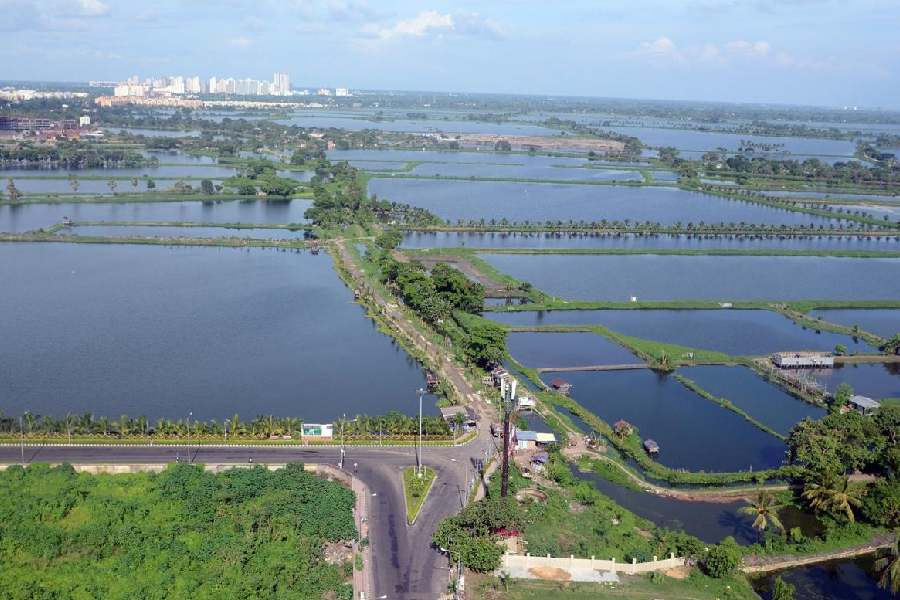Nearly five crore families, a recent advertisement crowed, have received employment under the Central government’s 100-day work programme. About 12 crore job cards, it added, have been issued; the minimum wage raised to Rs 128 from Rs 65; 50 per cent of the beneficiaries are women who live in villages.
A self-congratulatory public message issued with an eye on the approaching elections would, understandably, conceal the MGNREGA’s teething problems. Lengthy delays in payments forced the Centre to announce that assessors would be appointed to measure the work done in projects to speed up payment. While it is true that the absence of engineers to measure the quantum of work done often holds up payment, one must ponder, as Jean Drèze has done, whether some tasks under the scheme can be measured at all. How does one quantify the cleaning of water bodies, for instance? Worse, a cure is yet to be found to treat the malaise of issuing job cards in exchange of support for the ruling dispensation.
The MGNREGA is beset with other serious infirmities that merit intervention. In Nadia, a district that topped the list for efficiently implementing MGNREGA provisions, it was found that children aged between eight and 14 had been given work after they submitted job cards that had been issued in the name of adults. Again, in Bankura, two panchayats failed to enlist villagers to dig trenches meant to ward off wild elephants under the 100-day work programme. The men preferred to work in the illegal mines near Mejia that offered higher remuneration (Rs 400 per day). The women chose to stock paddy. Paddy collection offered similar wages, was less laborious, and the work included breaks for meals.
Weak links
The Nadia episode — parents pushing minors to work under a welfare scheme to earn extra money— cannot be explained away as official oversight. It shows that policy-makers remain oblivious to the fact that poverty forces beneficiaries to adopt ingenious means of survival, a choice that often results in subverting the law. (The minimum age for getting employment under the MGNREGA is 18.) Such bureaucratic unimaginativeness, it is alleged, has resulted in villagers in arid areas being allotted jobs like digging ponds or desilting non-existent water bodies.
But the problem isn’t only about the lack of vision: the State’s unease with the idea of decentralization is equally to blame. It is telling that in a recent report, a three-member committee of the finance ministry found that gram sabhas — institutions with a far better idea of local needs and ground realities — had no role to play in deciding the nature of the projects that were being implemented under the MGNREGA in several states.
Bankura, on the other hand, reveals yet another chink in the MGNREGA armour — the paltry rate of daily wage. India, according to RBI data, spends a meagre 7.9 per cent of its GDP on social welfare. Even an impending election is thus unlikely to see a revision in wage rates soon. But a favourable wage rate alone is not enough to stop workers from choosing lucrative but illegal forms of employment over State welfare. This is because the MGNREGA has failed to generate the idea of ownership of community assets among the intended beneficiaries. The alienation of the community itself from assets that can help it prosper economically, or in Bankura’s case survive elephant attacks, remains unaddressed.
Are these gaps the result of the State viewing development through the prism of wages and productivity only, but seldom as a holistic way of life?










